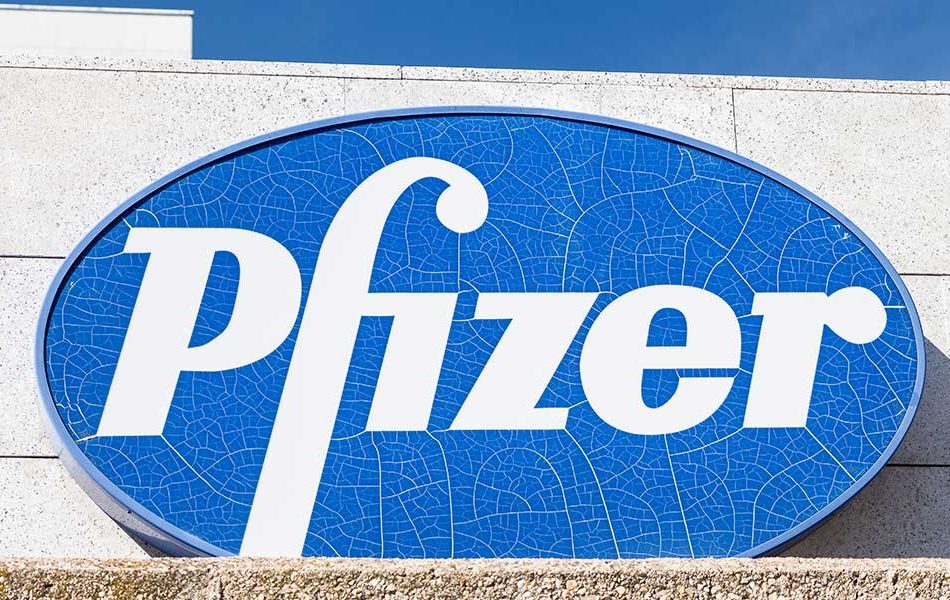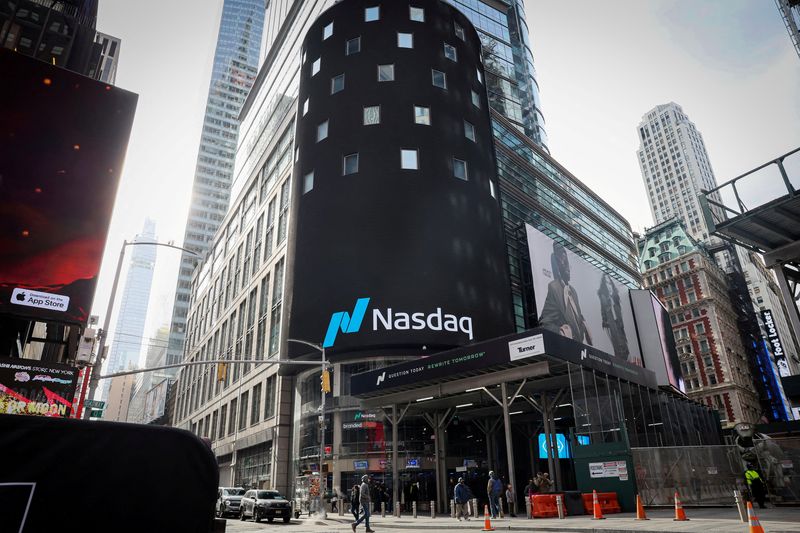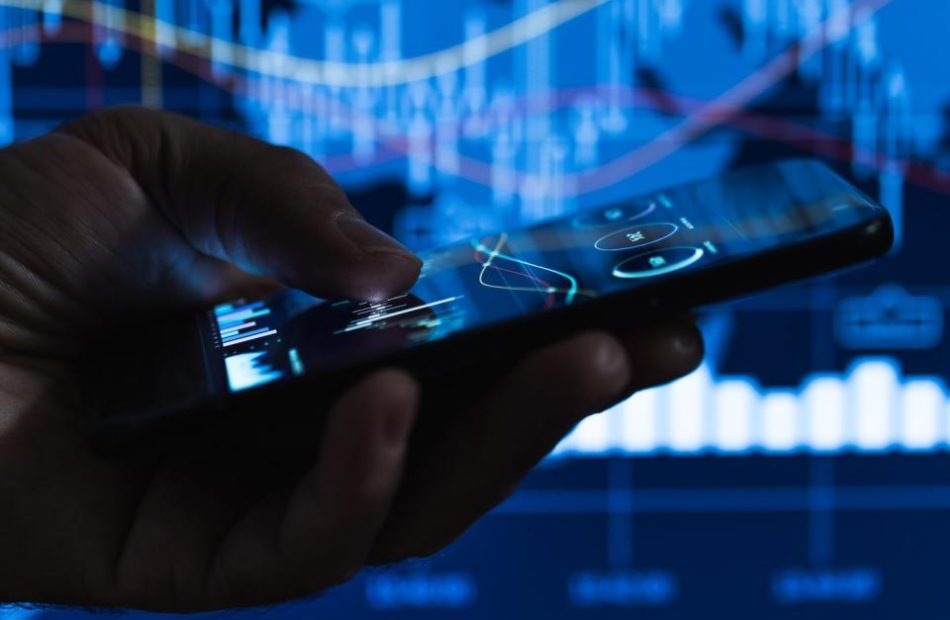Pfizer (PFE) stock edged close to a sell zone in mid-August after the company’s BioNTech-partnered Covid/flu shot missed its mark in a recent study.
↑
X
NOW PLAYING
How Novo Nordisk, Wegovy And Ozempic Are Changing The Weight-Loss Game For Patients And Investors
On Aug. 16, shares dropped 1.4% after Pfizer said the vaccine outperformed existing shots that protect against influenza. Antibody responses to Covid strains were in line with the current shot, but participants in the final-phase study generated a lower number of antibodies capable of handling influenza B.
The company might now have to adjust its vaccine.
Promisingly, Pfizer posted a beat for its June quarter, helped by heart-disease drug Vyndaqel and cancer treatment Padcev. The latter was acquired alongside Seagen, a developer of antibody drug conjugates, or ADCs. Pfizer also hiked its guidance for the year by $1 billion at the midpoint.
Pfizer says it’s on track to deliver at least $4 billion in net cost savings by the end of the year.
Obesity Treatments In Focus
Investors remain highly focused on Pfizer’s efforts in obesity treatment. The company recently said it plans to advance danuglipron into additional testing. Danuglipron targets GLP-1, a hormone that slows how fast the stomach empties itself and improves markers of blood glucose. Unlike leading injectables Wegovy and Zepbound, danuglipron is an oral medicine.
In a conference call with analysts, Chief Executive Albert Bourla says danuglipron has a “very competitive” profile in terms of tolerability and effectiveness compared with other experimental oral obesity treatments. But Leerink Partners analyst David Risinger remains skeptical. Pfizer plans to have additional test results in the first quarter. He kept his market perform rating on Pfizer stock.
Notably, Pfizer has three clinical and several preclinical candidates for obesity treatment. The company previously scrapped development of a twice-daily version of danuglipron due to high rates of gastrointestinal side effects. Before that, the company stopped developing another once-daily pill that caused elevated liver enzymes.
Pfizer stock broke out on July 17 after Roche (RHHBY) unveiled promising results for its oral weight-loss drug.
But Pfizer also recently shut down a gene therapy study for children with a muscle-wasting disease known as Duchenne muscular dystrophy. Neither the primary goal of the study, nor secondary goals, met the bar for success. The firm did gain approval, however, for a hemophilia B gene therapy.
The company also announced the looming departure of Chief Scientific Officer Mikael Dolsten. Dolsten will stay in his position until the company finds his replacement.
So, is PFE stock a buy or a sell right now?
Pfizer Stock Fundamentals: Vyndaqel, Padcev Upside
During the second quarter, adjusted earnings came in at 60 cents per share, beating expectations for 46 cents, according to FactSet. Earnings declined 11% year over year. Sales rose 3% operationally to $13.3 billion, narrowly above forecasts for $13.03 billion.
Notably, revenue from heart-disease drug Vyndaqel surged 71% to $1.32 billion and topped forecasts for $1.01 billion. Padcev, which Pfizer acquired with Seagen, brought in $394 million, topping calls for $352.6 million.
As expected sales of Covid vaccine Comirnaty, developed with BioNTech (BNTX), fell 87% to $195 million. That missed expectations for $200 million. But Paxlovid, the Covid treatment, brought in $251 million, topping forecasts and soaring 79%.
For the third quarter, Pfizer stock analysts forecast earnings of 59 cents per share and $14.91 billion in sales. Earnings would reverse from a year-earlier decline of 17 cents a share. Sales would rise 12.7% and accelerate from single-digit sales growth in the second quarter.
Investors are encouraged to seek stocks with 20%-25% recent sales and earnings growth. Pfizer is not hitting those marks. Big institutional investors — who account for up to 70% of all market trades — usually look for stocks with accelerating earnings and sales growth.
Pharmaceutical Company’s Annual Metrics
Pfizer’s sales have fallen markedly since hitting a record in 2022. Last year, sales tumbled 42% to nearly $58.5 billion. Top sellers included Comirnaty and Paxlovid, which brought in $11.22 billion and $1.28 billion, though sales tumbled a respective 70% and 93% year over year.
Blood thinner Eliquis generated $6.75 billion in sales, up 4% on a strict, as-reported basis. Prevnar sales inched 2% ahead to $6.44 billion.
But other key products saw downfalls. Revenue from Xeljanz, which treats inflammatory conditions, fell 5% to $1.7 billion. Sales of Enbrel, developed with Amgen (AMGN), toppled 17% to $830 million. Pfizer sells Enbrel outside the U.S. and Canada.
Pfizer just hiked its outlook for 2024 and expects adjusted earnings of $2.45 to $2.65 per share and sales of $59.5 billion to $62.5 billion. At the midpoints, earnings would surge 39% as sales pop more than 4%.
Pfizer Stock And Recent News
The obesity treatment decision puts Pfizer back in the race vs. fellow Big Pharma names like Eli Lilly (LLY), Novo Nordisk (NVO), Roche and Amgen (AMGN). But Leerink’s Risinger doesn’t expect to see any effectiveness and safety results from Pfizer’s tests until 2026, at the earliest.
Further, a recent study of Elrexfio shows “compelling overall survival data,” Roger Dansey said in a written statement. Dansey is Pfizer’s chief development officer for oncology.
Pfizer tested Elrexfio in patients with relapsed or refractory multiple myeloma. This means the cancer has returned following treatment or isn’t susceptible to other treatments. Overall, patients lived for a median of 24.6 months, and their disease didn’t worsen for a median of 17.2 months.
In another study, Pfizer tested its Seagen-acquired drug, Adcetris, in patients with diffuse large B-cell lymphoma. This is the third type of lymphoma in which Adcetris has had an overall survival benefit.
But the gene therapy study was a pockmark for Pfizer stock. The company scrapped its study after the Duchenne muscular dystrophy treatment failed to improve motor function in boys age 4 to 7. Boys are more likely to have Duchenne.
Secondary goals, including 10-meter run/walk and time to rise from the floor also didn’t meet the bar for success. Pfizer’s dropout means Sarepta Therapeutics (SRPT) has one fewer competitor for its newly approved gene therapy, Elevidys.
Technical Analysis: PFE Stock Tops 50-Day Line
Pfizer stock is above its 50-day and 200-day moving averages, and broke out of a flat base with a buy point at 29.73, MarketSurge shows. But shares tiptoed close to a sell zone on Aug. 16, falling 6.3% below their entry. Savvy investors are encouraged to cut their losses when a stock falls 7% to 8% below is entry.
(Related: Keep tabs on chart patterns by visiting IBD’s MarketSurge.)
Shares of Pfizer have a Composite Rating of 43 out of a best-possible 99. The measure weighs a stock’s key growth metrics against all other stocks. Leading stocks tend to have Composite Ratings of 95 or better, according to IBD Digital.
Pfizer stock has a Relative Strength Rating of 27 out of 99. The RS Rating measures a stock’s 12-month running performance against all other stocks. That RS Rating means Pfizer stock ranks in the lowest 27% of all stocks in terms of performance over the last year.
The pharmaceutical company’s EPS Rating, a measure of profitability, is 34 out of 99. The EPS Rating compares a stock’s recent and longer-term earnings growth against all other stocks.
Is PFE Stock A Buy Or A Sell?
Based on savvy rules of investing, PFE stock is no longer a buy. Shares have fallen below their buy zone. The stock could be considered a buy if it returns to the 5% chase zone.
Pfizer stock also isn’t considered a sell. It hasn’t fallen 7% to 8% below its entry — triggering a sell rule that tells investors to cut their losses — nor has it undercut its key moving averages.
But Pfizer stock still has to prove its fundamental and technical merit.
It will be important to watch how Pfizer stock performs as the company shores up its pipeline and seeks new approvals in its efforts to move beyond the astronomical growth it saw at the height of the pandemic. Though it has a booster Covid shot, like rivals Moderna (MRNA) and Novavax (NVAX), analysts don’t expect sales to ever hit their pandemic-era growth.
Instead, the Street is closely watching the adult RSV vaccine, which hit the market at the same time as a competitor from GSK (GSK). Pfizer’s efforts now that it owns Seagen could also be key to future growth.
To find the best stocks to buy and watch, check out IBD Stock Lists. Make sure to also keep tabs on stocks to buy or sell.
Follow Allison Gatlin on Twitter at @IBD_AGatlin.
YOU MAY ALSO LIKE:
Biotech Stocks To Watch And Pharma Industry News
Want To Get Quick Profits And Avoid Big Losses? Try SwingTrader
IBD Stock Of The Day: See How To Find, Track And Buy The Best Stocks
Watch IBD’s Investing Strategies Show For Actionable Market Insights
Best Growth Stocks To Buy And Watch: See Updates To IBD Stock Lists
